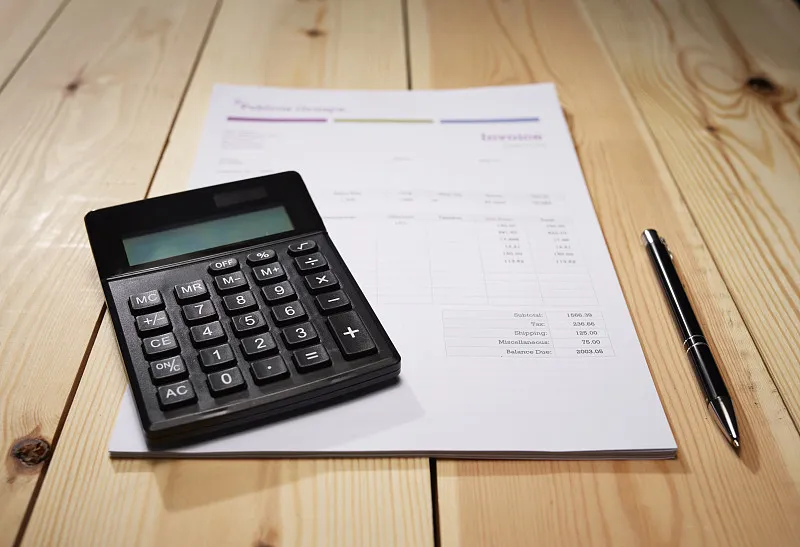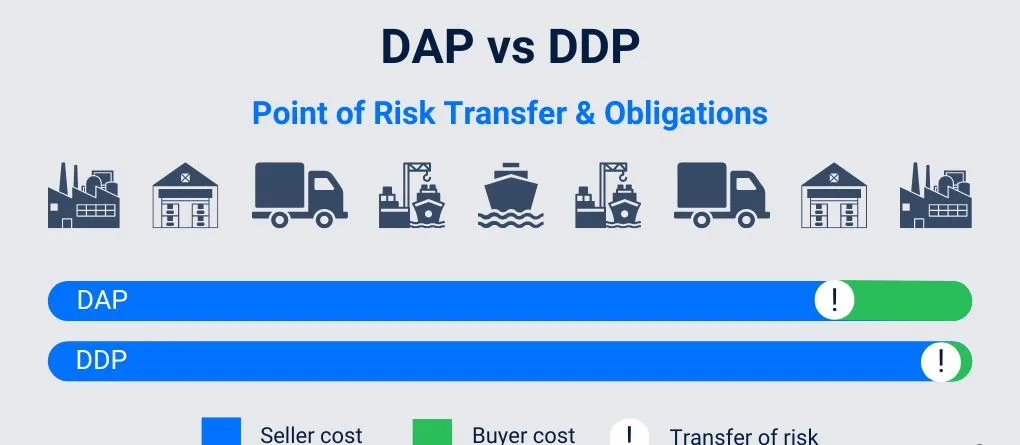
What is a Commercial Invoice?
A Commercial Invoice is an important document in export trade. It is usually provided by the seller (exporter) to the buyer (importer) and details information such as price, quantity, description, and terms of the goods sold. It is one of the legal documents for the transaction of goods and is usually used as the basis for transportation, customs clearance, and payment settlement.
What are the uses of commercial invoices?
The main uses of commercial invoices include:
- Customs declarations: A commercial invoice is an indispensable document in the customs declaration process. Customs uses it to assess duties and import taxes.
- Proof of payment: It proves what was transacted between the seller and the buyer and serves as the basis for payment.
- Transportation Arrangement: The merchandise information on the invoice helps carriers and logistics companies understand the contents of the goods and ensures cargo allocation and tracking during transportation.
- Legal documents: The commercial invoice, as a subsidiary document of the transaction contract, can also be used as legal evidence in case of dispute.
- Letter of Credit Payment: When payment is made through a letter of credit, the commercial invoice is a key document for verifying payment terms.
Shipping Information Required for Commercial Invoice
On a commercial invoice, you typically need to include the following transportation-related information:
- From: This is you, the person sending the package.
- To: The name and address of the person or company to whom you are sending the package.
- Intermediate Consignee: If you are sending the package to an intermediary, fill in the details of that person or company here.
- Date: The date you sent the package.
- Invoice Number: Your invoice number.
- Customer PO No: Reference or order number of your sale.
- Currency Used: The currency you used when filling in the document.
- Country of Origin: The country where your product comes from. In some cases, you must add a CO document.
- Reason for export: Tick everything applicable.
- B/L/AWB No: This refers to the transport document setting out the arrangements with the carrier. The carrier is often responsible for preparing this document.
- Final Destination: The final destination of your package.
- Export Route/Carrier: The shipping company you are working with or your package’s route.
- Terms of Sale: Better known as the Incoterms.
- Terms of Payment: The payment terms between you and the seller (e.g. payment within 30 days of receipt, direct deposit).
- Terms of Freight: Freight conditions (e.g. prepaid, collect). You can also enter these terms and conditions in the Terms of Sale or the Incoterms.
- No. of Packages: The number of packages you are sending.
- Comments: Space for shipping or delivery instructions or other notes.
- Contents: A description of the articles you are sending.
- HS Code: The HS code or commodity code.
- Value: Price per product.
- Net Quantity: Total number of products.
- Weight KG: Total weight of the package.
- Freight: If applicable, report the shipping costs here.
- Insurance: If applicable, report the insurance costs here.
- Date and signature: Your name, signature, and date. It may seem obvious, but your package will probably not be sent without your signature. So make sure to sign and date all your packages.
Difference between commercial invoice and packing list
| Project | Commercial invoice | Packing list |
| Main content | The information includes the commodity name, quantity, unit price, total price, payment terms, shipper and consignee information, transportation terms, delivery date, etc. | Packing method, size and weight of each box, box number, details of goods in each box, etc. |
| Main Uses | It is used as a transaction document to confirm the transaction amount, price, payment terms, and customs declaration. | Used for transportation, logistics management and customs clearance to ensure the goods arrive correctly. |
| Legal effects | They have legal effect as part of the contract and can be used as a basis for dispute resolution and payment. | Usually not legally binding, it is mainly used for logistics and customs clearance. |
| Information focus | Focusing on economic transaction information, such as price, payment terms, transaction details, etc. | Focuses on packaging, merchandise distribution, transportation and customs clearance details |
| Functions | Used for confirming transaction details, payment settlement, and customs declaration as a legal document of the transaction | Used to ensure that goods are transported and cleared accurately according to the packing list and to verify the contents of the goods |
| Related documents | It may be used in conjunction with contracts, payment vouchers, etc. | Used in conjunction with freight bills, shipping labels, etc. |
How can commercial invoices help with customs clearance?

Commercial invoices are vital for smooth customs clearance, and the following points can help ensure smooth customs clearance:
- Accurate and detailed description of goods: The description of goods on the invoice should be clear and accurate, containing information such as the name of the goods, model number, brand, and purpose. Vague or inaccurate descriptions can lead to delays or denial of customs clearance.
- Correct price of goods: Make sure that the price stated on the invoice is true and accurate and corresponds to the actual circumstances of the transaction. Customs usually uses the price on the invoice to calculate duties and other charges.
- Clarity of terms and conditions: Stating the terms of the transaction (e.g., FOB, CIF, etc.) on the invoice helps clarify responsibilities and ensures that Customs understands the respective obligations of the seller and buyer.
- Additional documents: Ensure that other necessary documents are provided (e.g., certificate of origin, shipping documents, insurance policies, etc.), which will help complete customs clearance.
- Compliance with destination country regulations: Different countries have different customs clearance requirements; ensure you understand and follow the destination country’s customs clearance requirements to avoid being returned or detained due to non-compliance.
You may be interested in the following content:
- What is customs duties: What They Mean and Why They Matter
- What is HS Code?HS Code Comprehensive Guide?
- What is a certificate of origin? How to obtain a certificate of origin
- what is marine cargo insurance? Why is it important?
- What is a packing list? Guide 2025
- What documents do I need for international shipping?
- USA Import Duties: Everything You Need to Know
- Explanation: What is a freight carrier?




